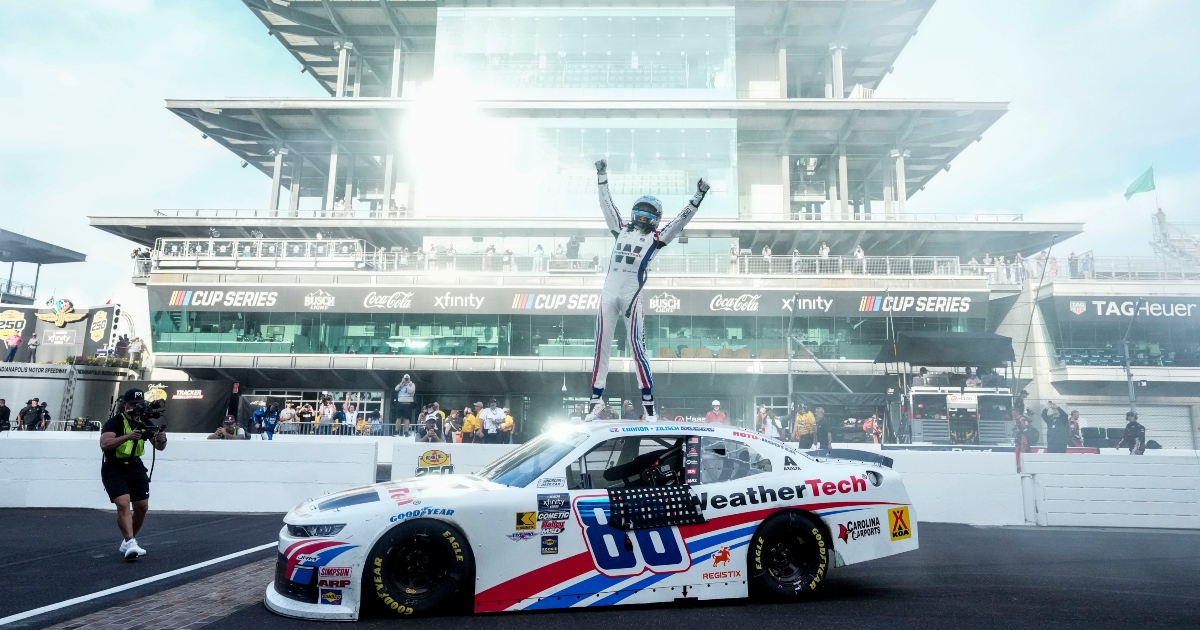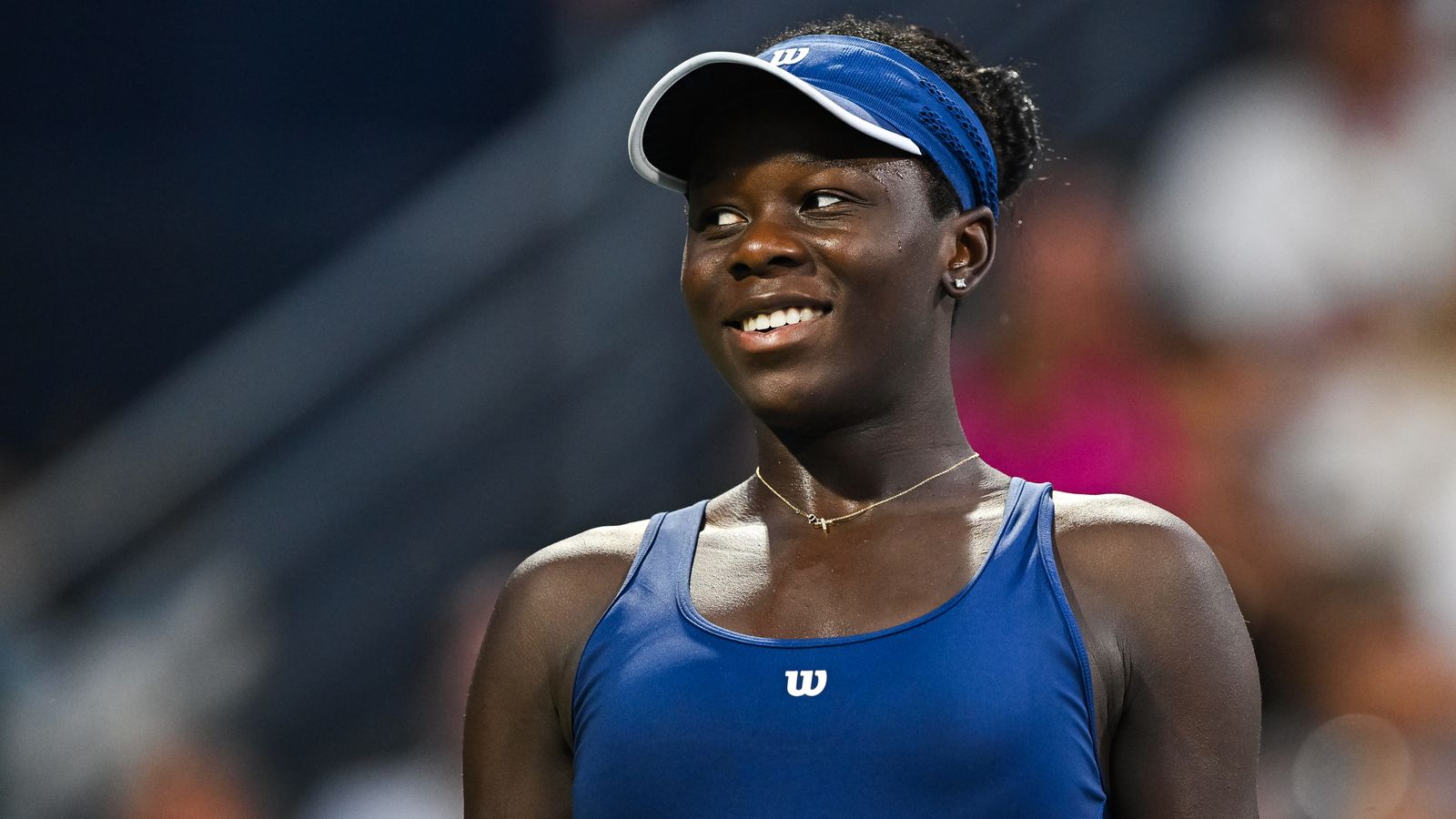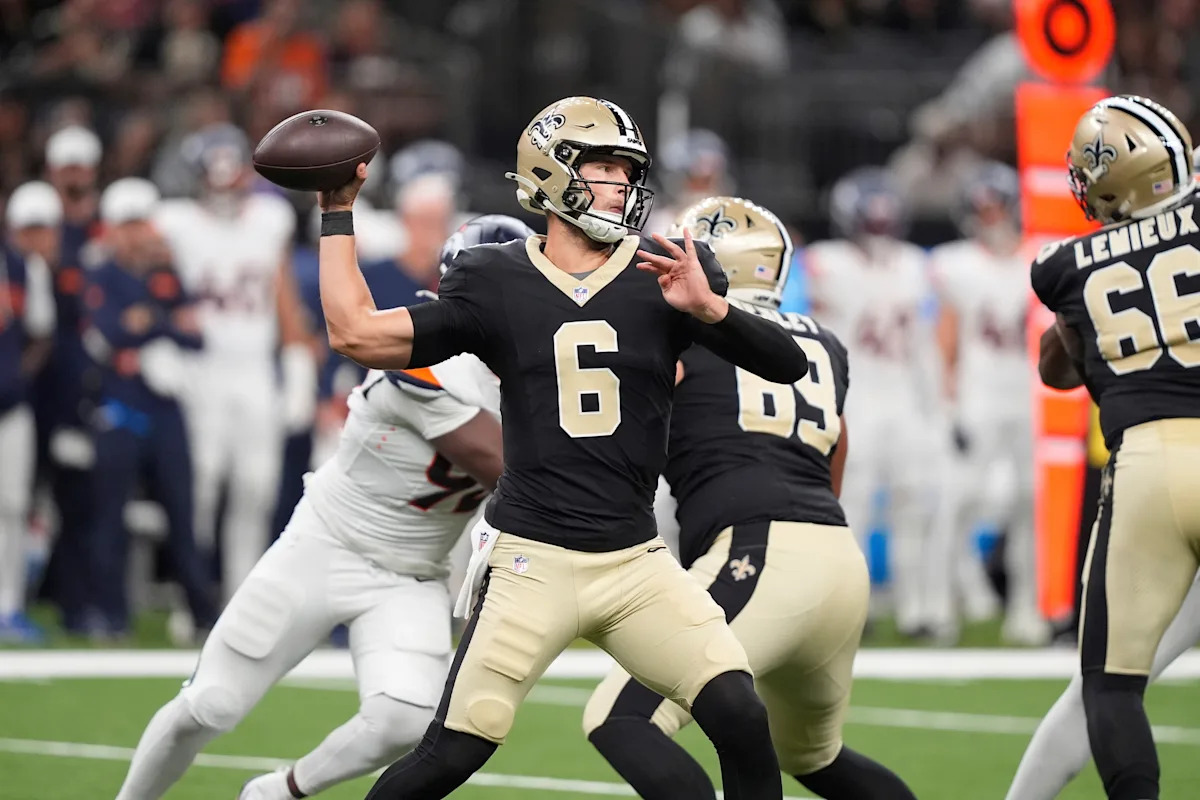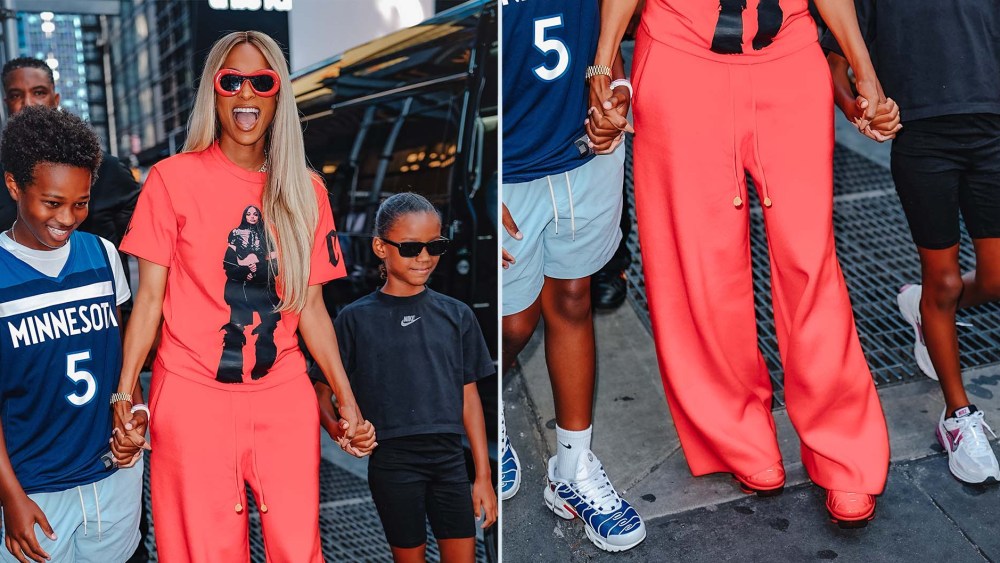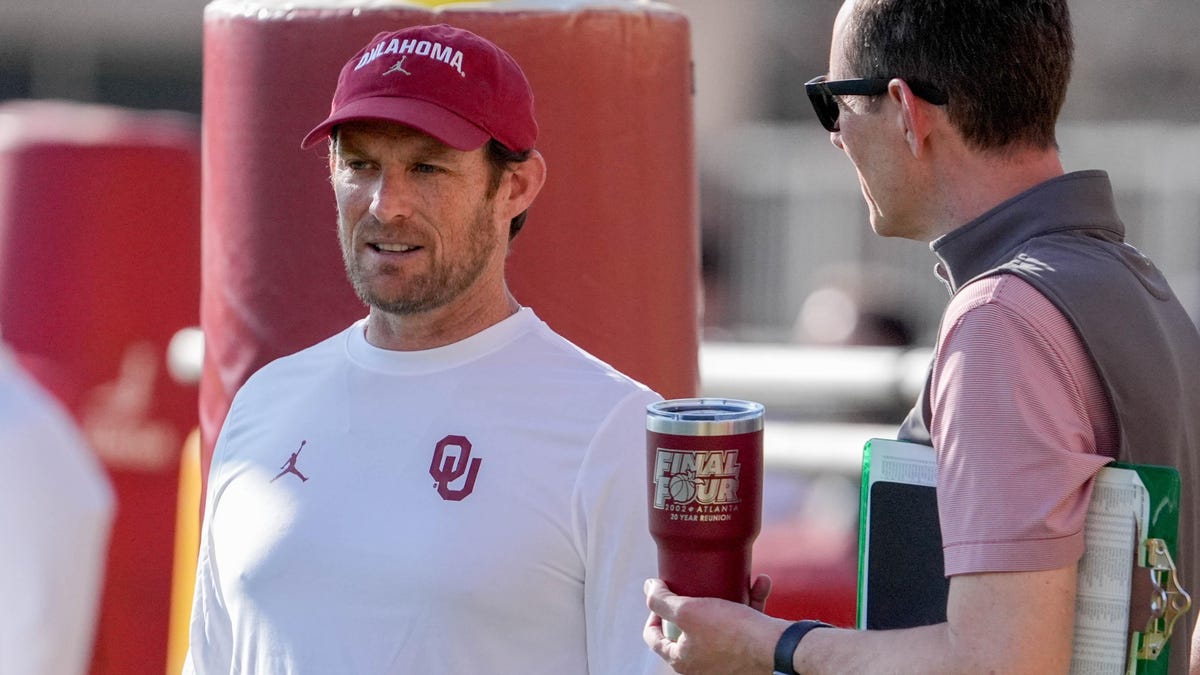
The Oklahoma Sooners are evolving in the new era of college football. As the dust created by the construction of revenue sharing, name, image, and likeness, and the transfer portal continues to settle, Oklahoma Football has adjusted the way they’re doing business on the recruiting trail.
The Sooners currently sit ninth in the SEC in On3’s team recruiting rankings. They have 15 commitments in the class and await decisions from several key targets like Jake Kreul, Davian Groce, and Jordan Clay.
What’s different about the Sooners’ position in July of the 2026 recruiting cycle is that they don’t have an in-state commitment, and their blue-chip ratio is below 50%, according to 247Sports and On3. During the Brent Venables era, the Sooners have generally had a strong blue-chip ratio. Why is blue-chip ratio important? Because a high blue-chip ratio often correlates to the teams that are having the most success on the field.
| Site | Blue-Chip Ratio |
|---|---|
| 247Sports | 46% |
| On3 | 46% |
| Rivals | 60% |
Oklahoma’s blue-chip ratio, according to 247Sports, has been better than 65% over the four years of the Brent Venables era.
| Recruiting Class | Blue-Chip Ratio |
|---|---|
| 2022 | 77% |
| 2023 | 65% |
| 2024 | 67.8% |
| 2025 | 67% |
But Oklahoma football general manager Jim Nagy is taking a different approach. He and his staff have created their own grading system so that the front office staff and the coaching staff can be on the same page. As opposed to a star system, players are color-coded. Last week, Nagy discussed the approach he and his staff are taking on the recruiting trail.
“I think 5-stars want to get paid like 5-stars. So when you get into the OV season, we might have the same grade on a 5-star and a guy that’s a 3-star. And when you look at where they’re taking their OVs to, if they’re going to Ohio State and Oregon and Texas and Texas A&M, that’s going to be a certain market, right? But then if the same graded player is getting offers from some Group of 5 schools, you know, we know … what direction we’re probably going to go, you know? Because you’re looking for that value.”
He isn’t shunning the star system and isn’t even saying Oklahoma’s going to neglect getting into the big recruiting battles. But what he and his staff are trying to do in the new revenue-sharing model of college football is find the talents they believe to be as good or better than players that may have a higher rating according to the recruiting services.
The additions of the Jandreau brothers, LB Beau, and safety Niko, reflect Nagy’s approach. Turn on the tape, and it’s clear to see why the front office staff loved the twins out of Arizona. They fly to the football and arrive with bad intentions. They play fast and physical, and look like players who quickly diagnose what’s happening in front of them and attack—all key attributes on defense.
However, the recruiting sites didn’t have the same evaluations of the Jandreau’s that Oklahoma and other programs across the country had. In addition to his official visit to Oklahoma, Beau also took an OV with Texas, Oregon, and Washington. Washington played for a national title two years ago, and Texas and Oregon were in the College Football Playoff just last year. Beau also had offers from several more Big Ten and SEC schools.
Niko took official visits to Washington and Iowa State and had offers from schools like Missouri, USC, Arizona, and Arizona State.
They’re going to be strong fits for what Brent Venables wants to accomplish on the defensive side of the ball on and off the field. The Jandreaus are relentless workers and possess the mental makeup and skill set to significantly outperform their recruiting rankings. And that’s what Nagy and his staff are banking on.
Can stars matter? Sure. But the evaluations from the front office and the coaching staff are going to be what drive their recruiting pursuits.
Go back to the 2024 recruiting class. Jayden Jackson took official visits to Florida, Miami, Oklahoma, Texas, and Ohio State. At the time of his commitment to Oklahoma, 247Sports considered Jackson a three-star prospect in the 2024 cycle. He was the No. 443 prospect in America on his commitment date. By the time he enrolled at the University of Oklahoma, he’d risen to No. 189. Jackson went on to become the first defensive tackle to start for the Sooners since Tommie Harris.
Or, for a more recent example, consider Ryan Fodje’s recruitment. When he camped with the Sooners in the summer of 2023, he was an unrated prospect. He didn’t receive his first offer until Bill Bedenbaugh and the Sooners offered him in August before his junior year. When 247Sports finally did their evaluation, he came in as a three-star prospect and just outside the top 300. Not long after he committed to Oklahoma in February of 2024, Fodje jumped more than 220 spots in the rankings and became a four-star player in the class. Fodje was one of the stars of spring ball and one of the true freshmen who could contribute for the Sooners in 2025.
Oklahoma’s recruiting approach may appear different than in years past, but it isn’t all that different. It’s still identifying talent. They may not be in as many high-profile pursuits like that of David Stone or Michael Fasusi, but they’re still pursuing top talent in the class. Four-star edge Jake Kreul could very well be the best defensive end in the cycle by the time it’s all said and done.
In the revenue-sharing world, where teams have only a certain amount of money they can directly spend on player compensation (more can be generated through name, image, and likeness deals), teams must be strategic in how they scout and evaluate talent. In NFL terms, teams that find talent outside of the top 100 regularly are going to be the ones that stay and remain contenders. It’s easy to hit on top 100 picks, but if you miss, it can set you back. If you hit on those and then find starters outside of the top 100 of the draft, that’s when a team has staying power. From a recruiting perspective, you have to hit on your five and four-star talents. You can’t afford to miss on those. The end of the Lincoln Riley era had a number of misses at the top of those recruiting classes, in particular the 2019 class.
Recruiting isn’t as simple as “go get the five and four-stars.” There are some that are definitely worth the time, attention, and money it takes to get them to Oklahoma. And others may not be for whatever reason. But beyond the five-stars (only two teams in the SEC have more than one: Alabama and Texas), teams have to be able to find players that may not be getting as much attention from the recruiting services. And that’s what Nagy and his staff are attempting to do.
Nagy’s going to add blue-chip players. They’ve done so this cycle. However, they’re going beyond the star system to find value where other schools and recruiting services may overlook it. It’s the necessary approach in the revenue-sharing era of college football.
#Oklahoma #Football #recruiting #approach #pay #big #dividends

